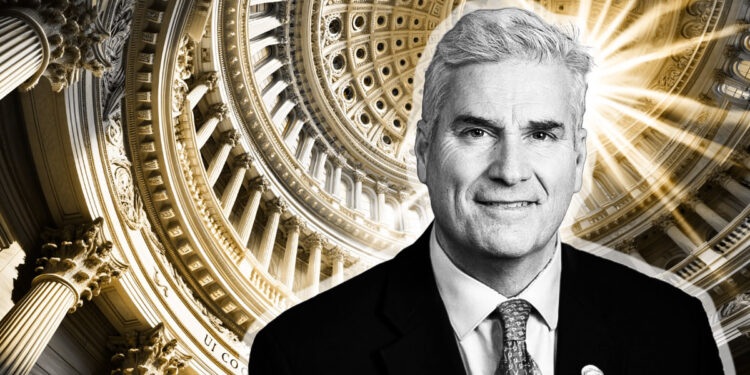The Securities Clarity Act: Bringing Certainty to the Digital Asset Space
Congressman Tom Emmer and Rep. Darren Soto have reintroduced the Securities Clarity Act, a bipartisan effort aimed at providing clarity on the classification of digital assets under federal securities law.
Creating a Distinction
One of the key components of the bill is the introduction of the term “investment contract asset,” which aims to separate the underlying digital asset from the investment contract associated with it. This distinction allows for regulatory treatment to adapt as the asset transitions to broader utility or decentralization.
According to Emmer, clear definitions are essential for entrepreneurs to accurately assess risks and launch compliant products. The legislation seeks to provide investors with the necessary protection without hindering innovation.
Support for Economic Growth
Rep. Soto highlighted the importance of predictable rules that support economic growth and responsible oversight. The reintroduction of the Securities Clarity Act reflects ongoing efforts in Congress to establish clearer jurisdiction between regulatory agencies such as the SEC and CFTC.
Lawmakers from both parties recognize the need to define how securities laws apply to digital assets, especially as other countries develop more advanced regulatory frameworks. The bill is seen as a foundational step in ensuring the US remains a leader in blockchain innovation while safeguarding investors.
Legislative Progress
The reintroduction of the Securities Clarity Act builds on previous momentum within Congress to modernize digital asset regulation. The bill was previously included in the FIT21 Act, which passed the House of Representatives with bipartisan support.
With continued support from lawmakers, the Securities Clarity Act aims to establish a framework that fosters innovation while maintaining regulatory oversight in the rapidly evolving digital asset space.







